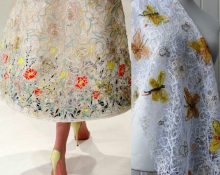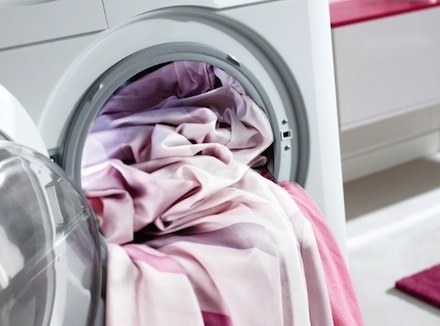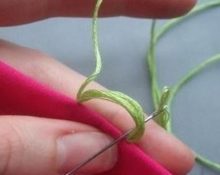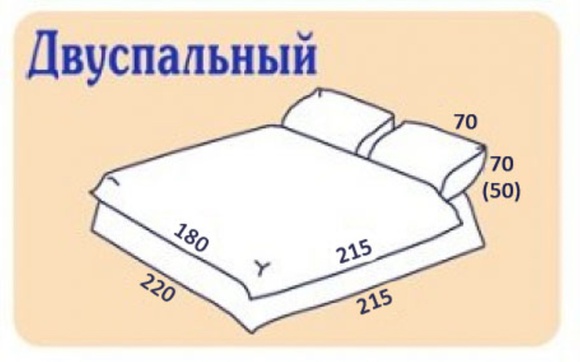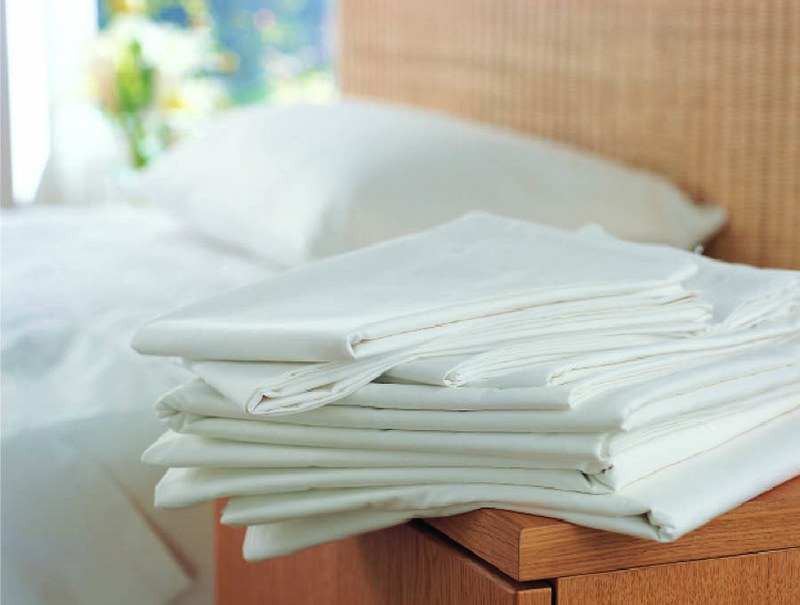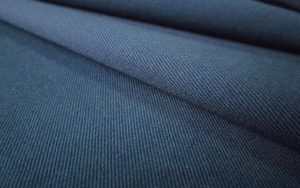
tk.ua
Every seamstress probably knows what twill is. This fabric appeared thousands of years ago. According to historians, the first mentions of the material date back to three hundred years. The small French town of Nîmes is considered to be the birthplace of the painting. However, the fabric gained particular popularity in the nineteenth century. Levi Strauss, a wealthy entrepreneur from America, became aware of what twill weave looks like. He became interested in the original matter, and he decided to study its properties in more detail. After some time, the twill weave, the pattern of which impressed the businessman, formed the basis of canvas denim fabric. This is how the famous trademark “Denim” appeared.
Twill fabric - what is it?
Twill is not just one type of material. The concept includes several types of fabrics that have a characteristic weave of fibers. Moreover, you can identify twill material simply by looking closely at its structure. A small scar is clearly visible on the surface.It forms a diagonal pattern throughout the fabric.
Each subsequent transverse thread is displaced relative to the main, longitudinal thread. A shift of one, two, three steps or more is possible. This ensures the originality of the structure and pronounced scars on the canvas. What pattern the twill fabric will have depends on the number of threads by which the weaving texture is shifted.
Twill is a fabric with a diagonal slope of the hem directed to the right side. It goes from the bottom side of the canvas to the top. But there are materials on the surface of which the scar is inclined to the left side, and is directed from the top edge to the bottom. Costume materials are characterized by a herringbone arrangement.
The unique weaving provides a high level of fabric elasticity, softness and lightness. The twill material is actively used by needlewomen, professional seamstresses and studios. It is used in decoration and production.
Twill fabric - composition
Twill fabric, the characteristics of which do not vary much depending on the composition, can be based on synthetic or natural fibers. Silk, woolen fabric, cotton twill and other varieties have one main difference - different thread thicknesses. Regardless of its composition, woven fabric has a number of advantages:
- It is not electrified, electricity does not accumulate in matter.
- In hot weather, the fabric can cool the body, in cold weather it can warm up due to a high degree of thermoregulation.
- Does not cause allergic reactions or skin irritation.
- Breathability allows the body to constantly breathe.
- It does not spark, therefore it is often used in production shops and in the household sector.
- Susceptible material to impregnation.Special products help protect it from oil stains, chemical damage, and moisture.
What composition can twill have:
- Stretch, if elastane is added to the material.
- Viscose.
- Polyester.
- Woolen.
- Silk.
- Cotton - harsh twill, considered the most dense type of composition, based on one hundred percent cotton.
Modern manufacturers use different ratios, combining artificial fiber with natural raw materials, so the number of fabric varieties is constantly increasing. In most variations, cotton is the key component.
What is sewn from twill
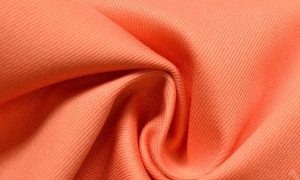
tk.ua
The most popular types of fabric are linen and cotton. Weaving threads of different thicknesses in cotton is done with different densities. Such canvases are widely used for technical tasks. They make reliable, wear-resistant workwear. Technical fabric is considered the most rigid. It is characterized by the presence of a pronounced relief. They form the basis for the manufacture of grinding and abrasive materials. Technical twill makes reliable fastening straps.
Work gloves, mittens, and bags are sewn from harsh cotton fabric. Twill workwear is found in almost every manufacturing industry. The main reason for choosing this fabric is its ability to regulate body temperature and absorb moisture. Workers can wear their uniform all day without taking it off, and still feel comfortable and at ease.
When choosing fabrics, their density is assessed. Impregnation is of great importance. For each enterprise, certain properties of products are important. Most often in the manufacturing sector they sew from twill:
- Form for medical workers.
- Clothing for catering and food sector employees.
- Suits for representatives of the trade sector.
- Workwear for workers in the oil and gas production industry.
- Workers in construction, electrical sector, utilities and others.
Military and security personnel also wear twill uniforms, only they are painted camouflage. The first jeans were also made from a stiff woven fabric with broken threads. Where another type of twill is used:
- Viscose. Contains artificial fiber. This is a twill lining. It is used in the manufacture of warm outerwear, skirts, suits, and hats.
- Woolen, silk. Sewing women's and men's clothing. Mostly suits, dresses, blouses. Due to the presence of additives in the composition - viscose or elastane - the material fits perfectly and keeps its shape in draperies.
- Various variations of twill are used in furniture production. It is ideal for upholstery. Expensive mattresses are made with this fabric.
- Twill is used in interior decoration. The fabric makes amazing options for curtains and curtains.
What is twill (fabric) - types of materials
There are several types of twill. If we classify the material according to the type of dyeing, then it can be bleached, plain, plain-dyed or printed. Camouflage is listed separately. There are different types of fabric weaving:
- Zigzag. The transverse thread changes its slope.
- Reinforced. The fibers are characterized by wide, embossed diagonals.
- Difficult. The diagonals of the canvas are characterized by different widths.
- Back. Also called broken. Due to the tilt to the left side, the formation of a small scar is ensured.
- Classical. Same line width. Tilt to the right.
Twill - what kind of fabric, care rules
Twill does not require specialized care; it is not pretentious to the conditions of use. But there are certain rules:
- Items containing silk, wool or synthetics should be washed on a delicate cycle. The temperature is forty degrees.
- To treat special clothing, it is allowed to use disinfectants and disinfectants.
- To wash medical clothing, you can set the temperature to the highest possible temperature, but at the same time choose a gentle mode.
- Cotton items are washed in the intensive wash mode. Temperature - no more than sixty degrees.
An important advantage of dense material is that it does not require ironing. If the product is still wrinkled, it can be ironed from the wrong side. In this case, the iron should not be hot.


 0
0